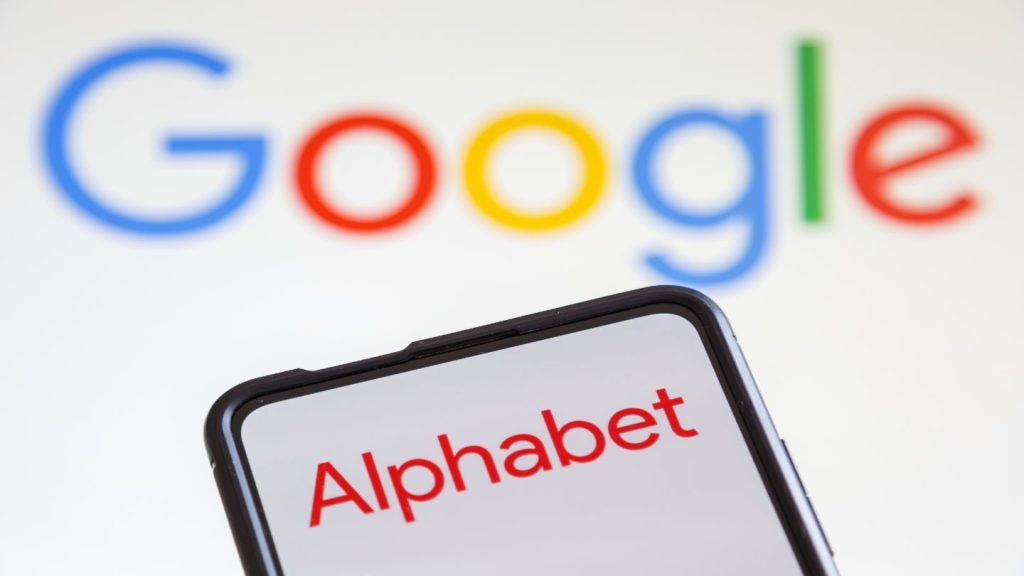DSP Group has been granted a patent for a wireless audio system that allows a first wireless transceiver to receive audio information from an audio source over a bi-directional wireless link, while a second wireless transceiver sniffs the audio information sent over the link. The transceivers share sniff enabling information, including a random number for pairing, before the bi-directional wireless link is established. GlobalData’s report on DSP Group gives a 360-degree view of the company including its patenting strategy. Buy the report here.
According to GlobalData’s company profile on DSP Group, wearable transceivers was a key innovation area identified from patents. DSP Group's grant share as of September 2023 was 45%. Grant share is based on the ratio of number of grants to total number of patents.
Wireless audio system with shared sniff enabling information


A recently granted patent (Publication Number: US11737158B2) describes a wireless audio system that includes two wireless transceivers. The first transceiver receives audio information from an audio source over a bi-directional wireless link, while the second transceiver sniffs the audio information sent over the same link. Before the bi-directional wireless link is established, the first and second transceivers share sniff enabling information over a shared link. This sniff enabling information includes a random number for pairing the first transceiver with the audio source.
The shared link mentioned in the patent can be either a wired link or a wireless link. Additionally, the first and second transceivers can share the sniff enabling information while being charged, and they can also perform clock synchronization during the charging process. The system is also designed to allow the first transceiver to inform the second transceiver about any future changes in the sniff enabling information.
Furthermore, the first transceiver is responsible for checking whether the second transceiver has received the sniff enabling information. If it determines that the second transceiver did not receive the information, the first transceiver will re-establish communication with the second transceiver. The patent also mentions that the first and second transceivers can share private and public keys.
The wireless audio system described in the patent can be used in a storage and charging device. In this scenario, the first and second transceivers can share the sniff enabling information while positioned in the device. They are also capable of detecting when they exit the storage and charging device. If the first transceiver detects its own exit, it will stop communicating with the second transceiver. However, communication will resume once both transceivers have exited the storage and charging device.
The patent also mentions the possibility of including additional wireless transceivers that can sniff the audio information sent over the bi-directional wireless link. In this case, each transceiver, including the second transceiver, would share the sniff enabling information over shared links before the establishment of the bi-directional wireless link. The sniff enabling information may also include a hop sequence parameter.
In summary, the granted patent describes a wireless audio system that allows for the sniffing of audio information sent over a bi-directional wireless link. The system includes multiple transceivers that share enabling information to establish the wireless link and enable communication with the audio source. The patent also covers various features such as clock synchronization, sharing of keys, and the use of a storage and charging device.
To know more about GlobalData’s detailed insights on DSP Group, buy the report here.
Data Insights
From

The gold standard of business intelligence.
Blending expert knowledge with cutting-edge technology, GlobalData’s unrivalled proprietary data will enable you to decode what’s happening in your market. You can make better informed decisions and gain a future-proof advantage over your competitors.







